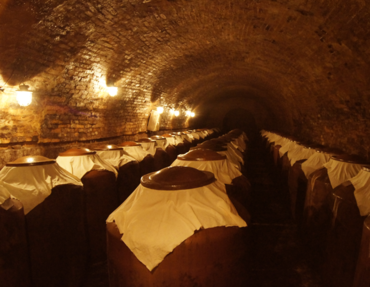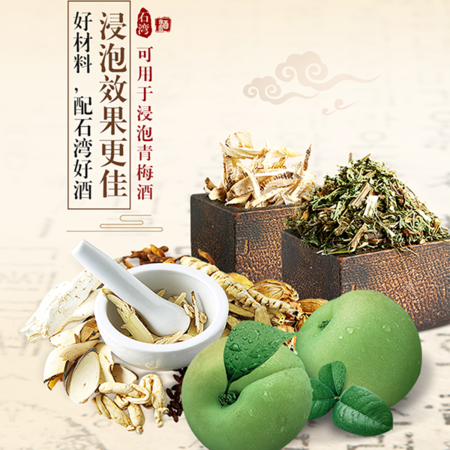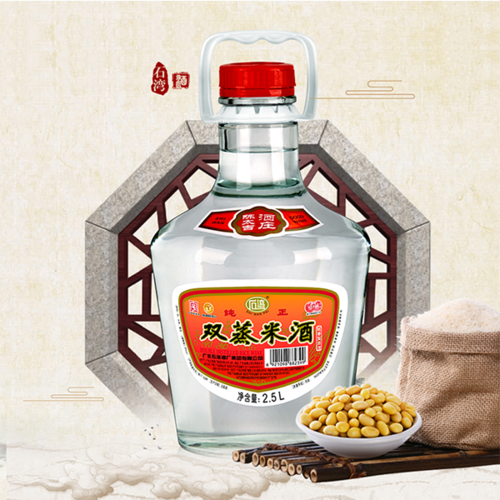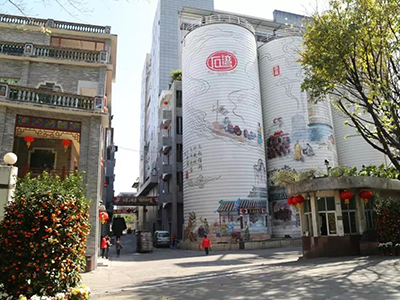Can Cooking Wine Be Stored for a Long Time?
Cooking wine is a versatile ingredient that adds depth and complexity to a wide range of dishes. But what happens if you have a bottle of cooking wine that you've only used a small amount from? Can you store it for a long time, or does it have a limited shelf life? In this article, we will explore the storage and shelf life of cooking wine, discussing factors that can affect its quality over time.
The Shelf Life of Cooking Wine
Cooking wine, like regular wine, does have a shelf life. However, unlike drinking wine that improves with age, cooking wine is typically not meant for long-term aging. The addition of salt and preservatives in cooking wine helps extend its shelf life, but it is still advisable to consume it within a reasonable timeframe.
Factors Affecting Shelf Life
Several factors can impact the shelf life of cooking wine:
-
Storage Conditions: Proper storage is crucial in maintaining the quality of cooking wine. It should be stored in a cool, dark place, away from direct sunlight and heat sources. Exposure to heat, light, and air can accelerate the oxidation process and degrade the wine's flavor.
-
Bottle Seal: The integrity of the bottle seal plays a significant role in preserving the freshness of cooking wine. Ensure that the bottle is properly sealed and airtight. Once opened, reseal the bottle tightly after each use to minimize air contact.
-
Quality of the Wine: The quality of the cooking wine itself can impact its shelf life. Opt for reputable brands that prioritize freshness and quality in their products. Higher-quality cooking wines generally have a longer shelf life compared to lower-quality options.
Signs of Spoilage
Over time, cooking wine may begin to deteriorate and spoil. Here are some signs to look out for:
-
Off Odor: If the cooking wine develops a strong vinegar-like or unpleasant smell, it may have spoiled. The aroma should be relatively similar to when it was first opened.
-
Off Taste: Spoiled cooking wine may taste vinegary, sharp, or overly sour. The taste should be relatively balanced and pleasant, contributing to the overall flavors of the dish.
-
Appearance Changes: Any changes in color or the presence of floating particles in the cooking wine may indicate spoilage. It should generally retain its original color and clarity.
Best Practices for Storage
To maximize the shelf life of cooking wine, consider the following tips:
-
Refrigeration: While cooking wine can be stored at room temperature, refrigeration can help extend its shelf life. The cool temperature slows down oxidation and maintains freshness.
-
Avoid Air Exposure: Minimize air contact by tightly sealing the bottle after each use. Consider transferring the remaining cooking wine to a smaller container if there is a significant amount left in the original bottle.
-
Use It Regularly: Cooking wine is meant to be used and enjoyed. Instead of letting it sit unused for an extended period, incorporate it into various recipes to make the most of its flavors.
Conclusion
While cooking wine does have a shelf life, proper storage and handling can help maintain its quality over time. Pay attention to storage conditions, bottle seal, and signs of spoilage. By following best practices, you can ensure that your cooking wine remains fresh and ready to enhance the flavors of your favorite dishes.
Remember, cooking wine is a versatile ingredient that adds depth and complexity to your culinary creations. By using it regularly and storing it properly, you can make the most of its unique flavors and elevate your cooking to new heights.







